How to Care for a Monstera: Plant Guide
The Monstera
Monsteras are unique and easy-to-grow plants whose leaves, once grown, are characterized by their distinctive holes. Native to the tropical rainforests of Mexico and northern Argentina, they like to climb up a stake or trellis.
They love bright, indirect light, but will also be happy under dimmer lights. Monsteras are climbers, so as they grow, they'll want to climb out. These stunning plants are also tolerant of occasional watering, making them ideal for inexperienced plant parents. The indentations and holes in Monstera leaves are called fenestrations.
_________________________________________________
How to care for your Monstera
Use these instructions to care for a Monstera. This guide will tell you how to water a Monstera; its light, temperature, and humidity preferences; and any additional care it may need to help it grow.
Your Monstera can grow anywhere. It tolerates low light, but grows faster and bushier in a bright spot. Always avoid strong, direct sunlight, as this can burn the leaves.
It's best to water the plant when it's almost dry, that is, when the soil is approximately 75% dry. Water until the liquid flows through the drainage holes in the pot, making sure there are no puddles.
This plant will thrive in almost any environment, but it will appreciate misting once a week. It's best to mist it in the morning so the water has plenty of time to evaporate before nightfall.
Normal room temperatures between 15°C and 25°C are ideal for your Monstera. It will not tolerate temperatures below 10°C or sudden drops in temperature. Avoid cold drafts and direct airflow from heaters during the winter months.
For best results, fertilize once a month during spring and summer. Enriching the soil will promote growth and root health. Fertilizer isn't necessary during the winter; it's important to give your Monstera a chance to rest during the coldest part of the year.
Monstera leaves are mildly toxic to pets and humans. Ingestion can cause irritation of the mouth and stomach, and possibly vomiting.
 _________________________________________________
_________________________________________________
Common Problems for Your Monstera

Your Monstera's leaves could be turning yellow for several reasons. Let's investigate and get to the bottom of it!
- Humidity
The most common cause of yellowing Monstera leaves is inadequate soil moisture, particularly overwatering. Only water your Monstera when you notice it drying out. The soil should remain moist, but never waterlogged. In winter, you can allow it to dry out a little more between waterings.
When watering, make sure to provide enough water so that the liquid flows through the drainage holes at the bottom of the pot. It's extremely important to discard any excess water, as your Monstera won't respond well to "wet feet," which can cause root rot and eventual death.
Providing adequate and consistent soil moisture is important when caring for a Monstera. Alternating between dry and wet soil and watering at irregular intervals can create stress and cause your Monstera to wilt.
- Inadequate light
Generally, Monstera plants thrive when placed in bright, indirect sunlight. When exposed to direct sunlight for too long, the foliage will burn. Although they can adapt to low-light spaces, their growth will slow. Too little light can result in yellowing leaves. Take note of the light your Monstera is receiving and move it if necessary.
- Pests
When Monstera is weakened or stressed, it becomes more susceptible to insect infestations. Sap-sucking insects like spider mites can drain the plant of moisture. This problem quickly manifests itself as yellowing of the foliage. Scale, mealy bugs, and spider mites are common in indoor conditions. If not killed promptly, these tiny pests proliferate and move throughout the plant. The insects will kill the plant, accelerating the yellowing, especially if your Monstera is already unhealthy due to poor lighting, a nutrient deficiency, or inadequate soil moisture.
- Some yellows are natural
Is your Monstera growing new growth? If the plant is growing new growth and the yellowing leaves are older, this yellow tint is natural. The plant is shedding its old leaves and sending energy to the new ones.

It can be alarming to notice a yellow leaf suddenly dropping. If your plant looked great yesterday, but today it looks sad and lackluster, don't be alarmed! This is quite normal. Here are some possible causes:
Very dry soil
If you accidentally let your monstera's soil dry out completely, you may see the leaves wilt, droop, and possibly begin to wrinkle and brown. If the soil is extremely dry, it's a good idea to soak it intensively.
Here's how to soak your monstera:
- Place your plant in a sink or tub. Fill it about three-quarters full of water. Always make sure the water isn't too hot!
- Let your plant absorb water through the drainage hole at the bottom of the pot for at least 45 minutes.
- Make sure the water has reached halfway up the pot.
- If not all of the soil feels wet, lightly water the plant from the top of the pot to help speed saturation.
- When the plant's soil is evenly moist, drain it in the sink or tub and let it rest while it drains well. Once it's drained, place it back in its proper location.
There is not enough humidity
Your Monstera is a tropical plant, so it will thrive in more humid environments. Increase the humidity around the plant regularly by using a container of water and stones nearby, placing a humidifier, or misting it.




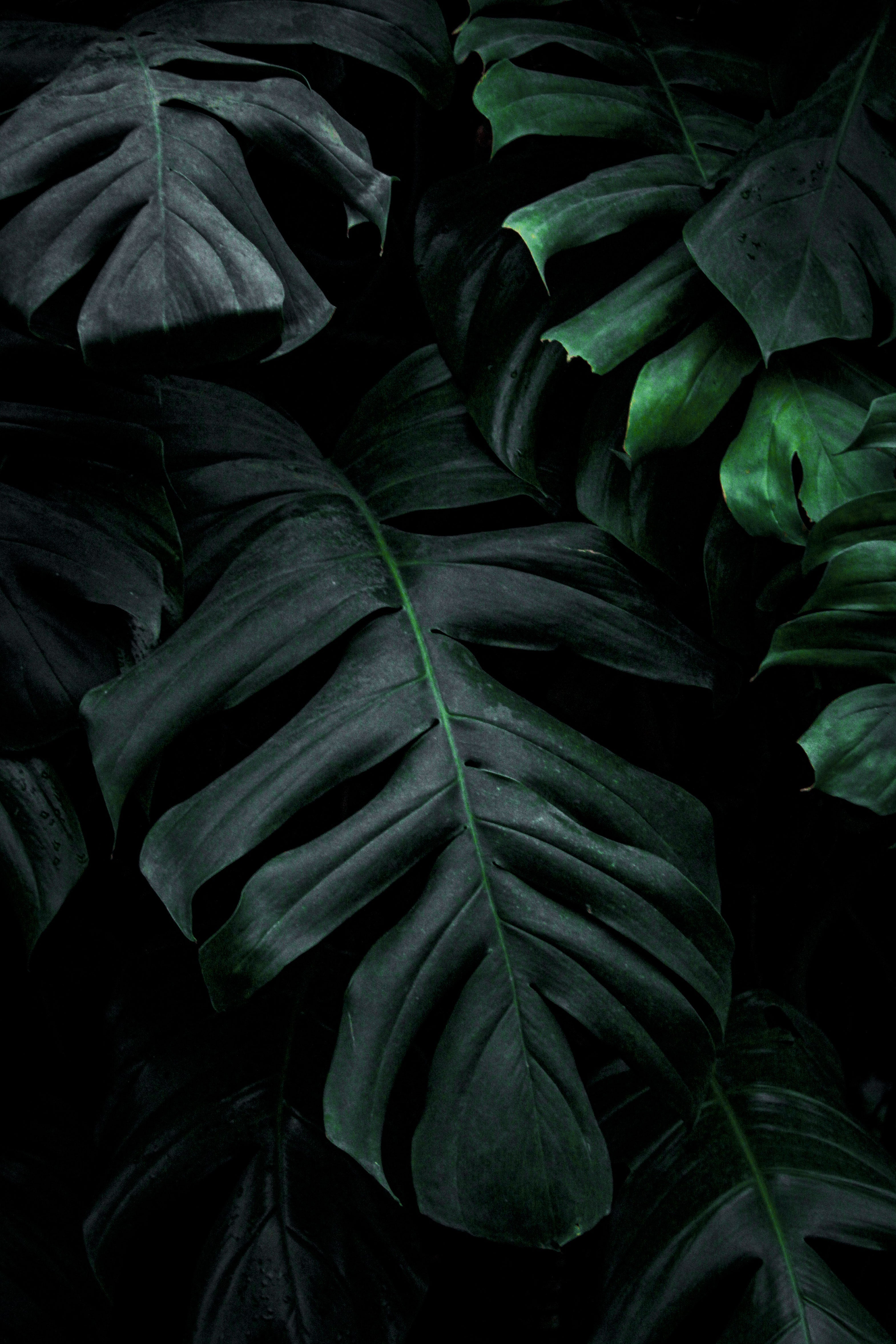
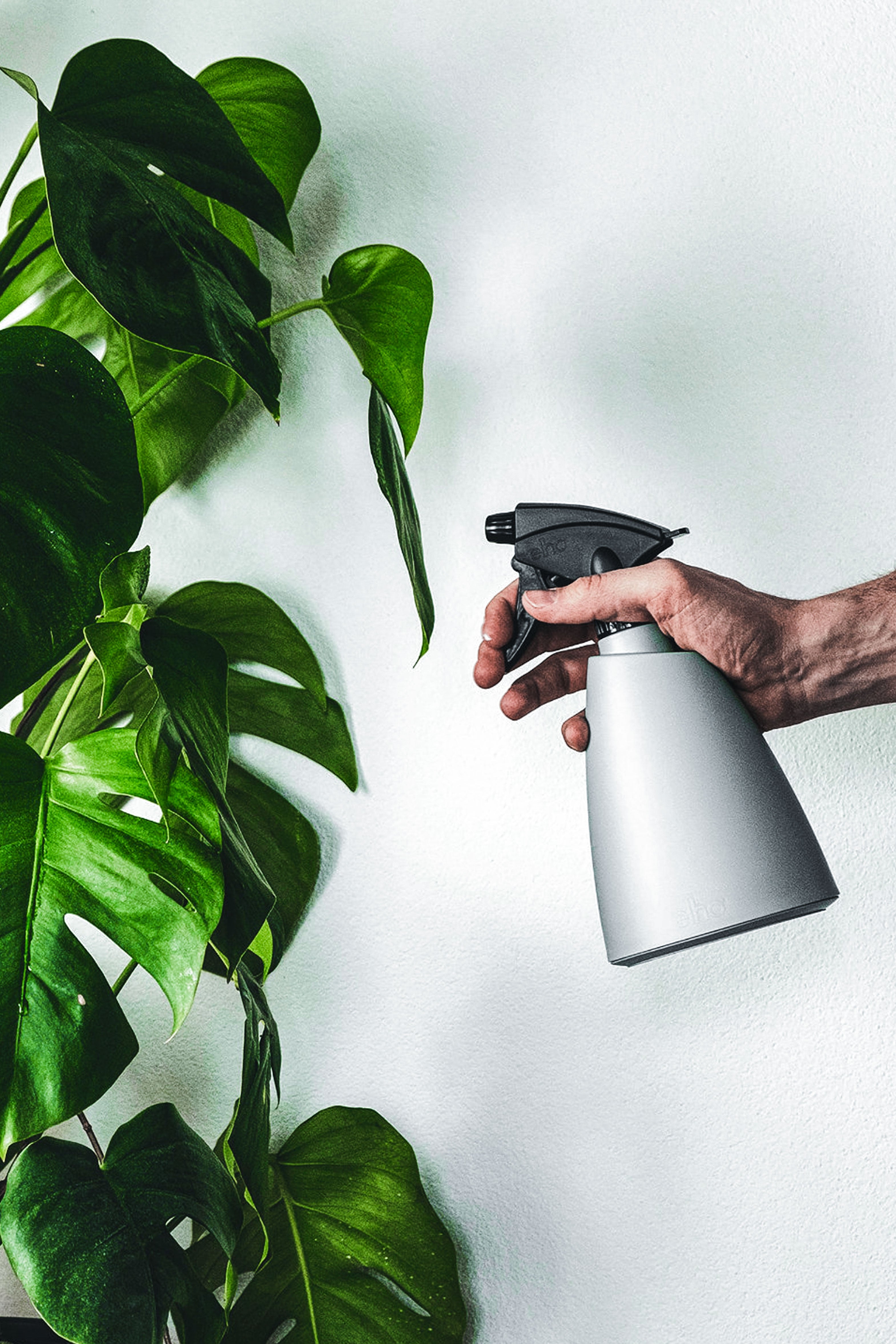
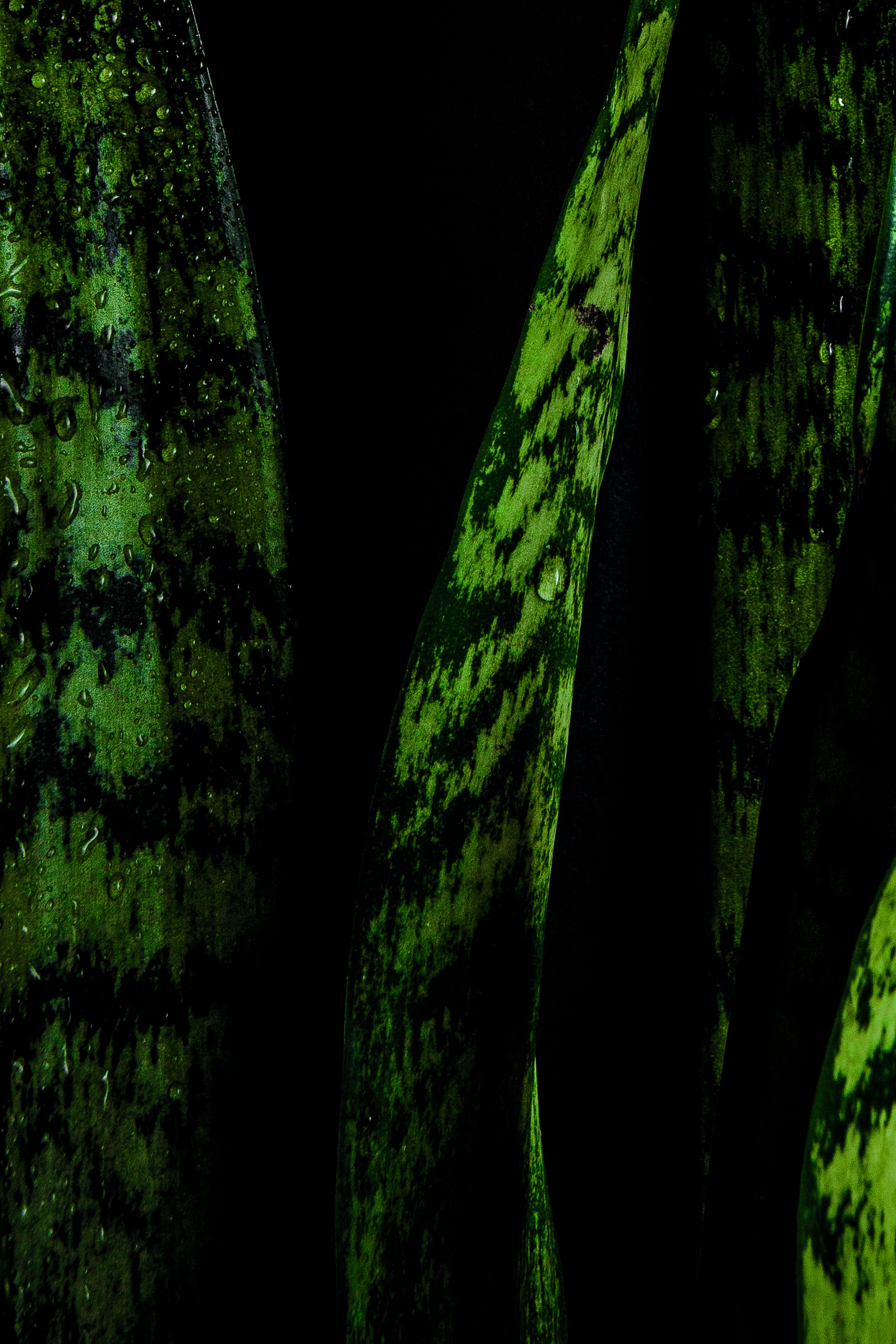
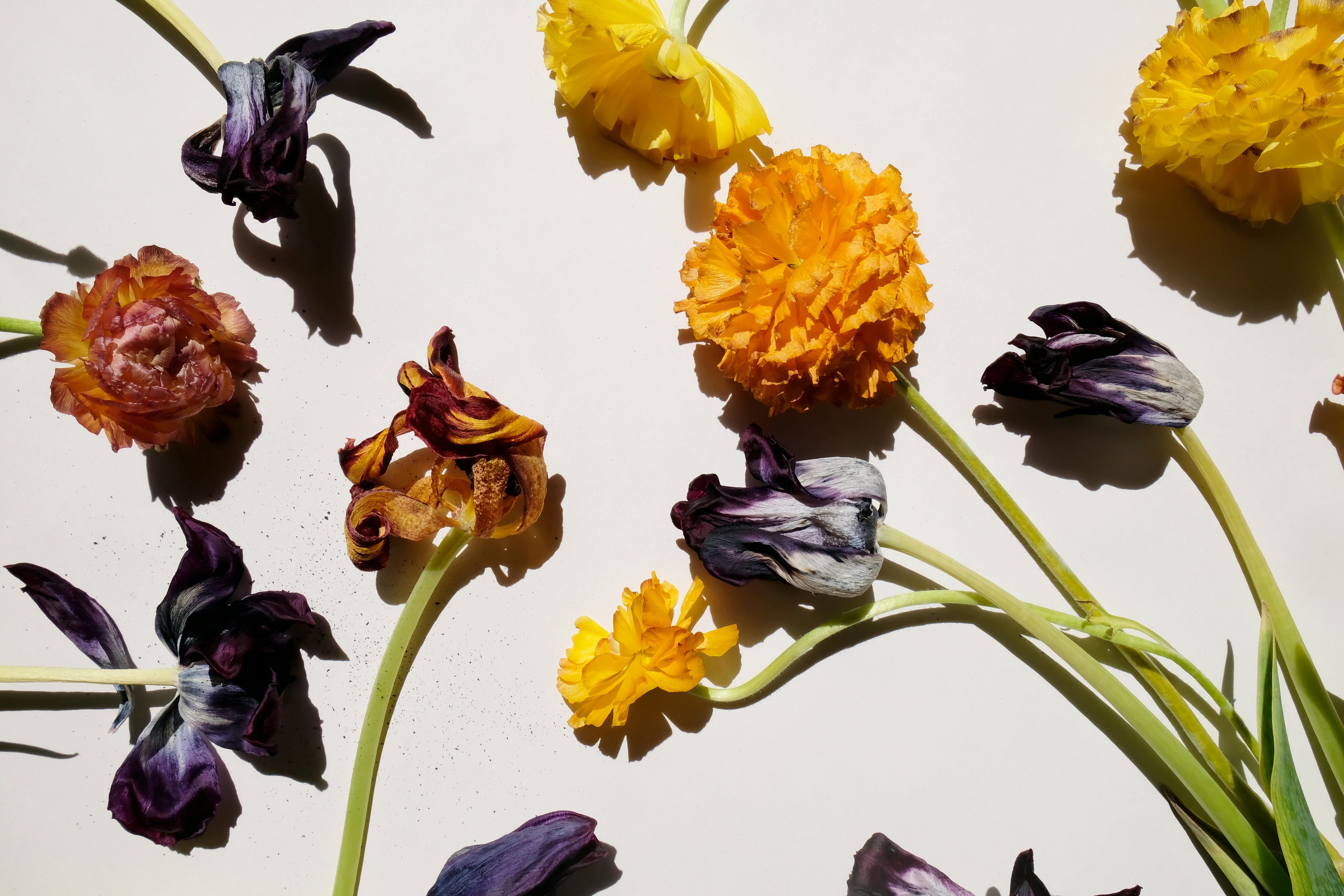
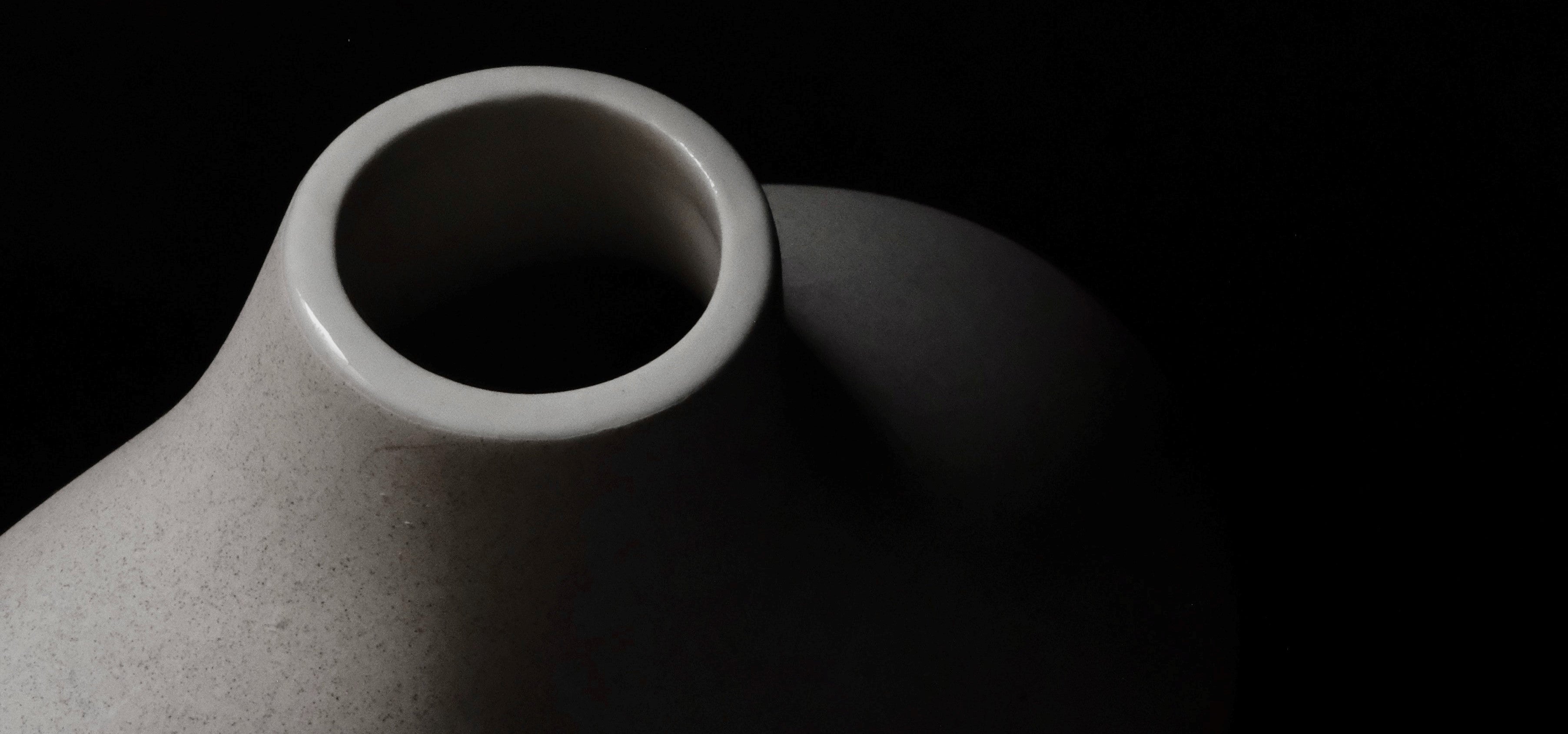
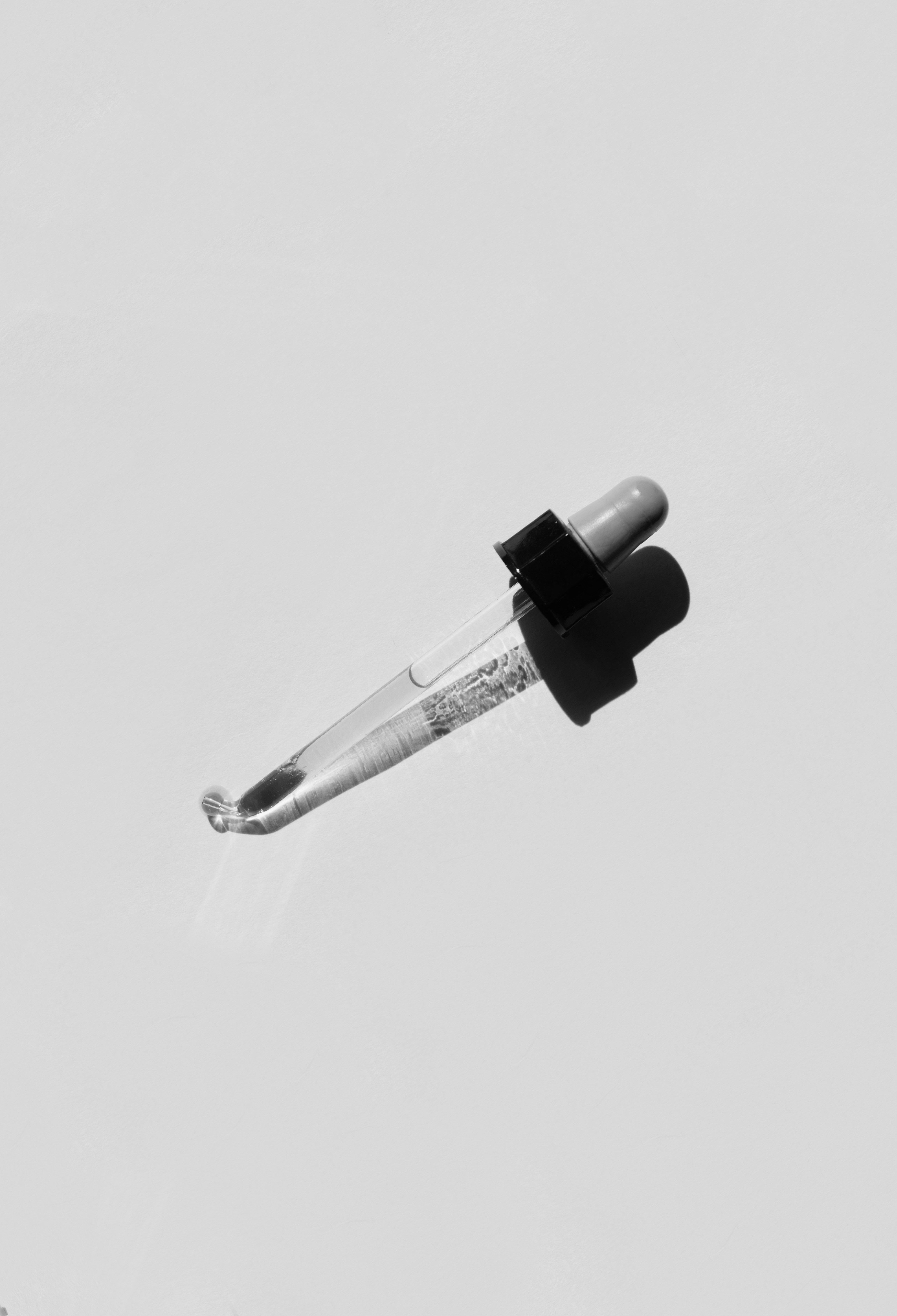
Leave a comment